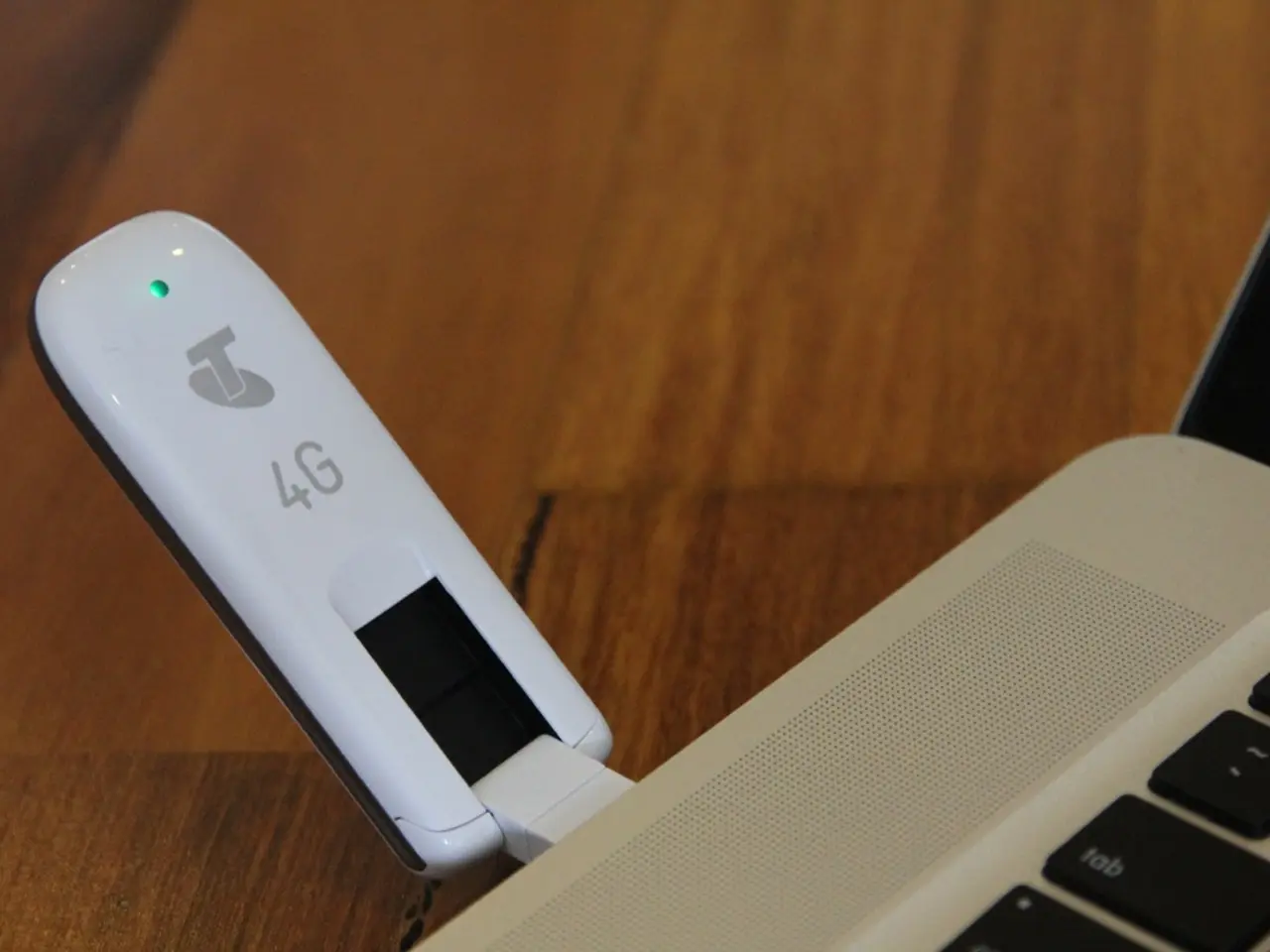Nvidia aims to counter AMD's MI450 with 10Gbps HBM4, according to reports - allegedly pressuring suppliers to increase bandwidth capacity
In the rapidly evolving world of technology, memory advancements play a crucial role in pushing the boundaries of what is possible. Recently, some exciting developments have taken place in the realm of High-Bandwidth Memory (HBM), with key players such as Micron, AMD, SK Hynix, and Samsung making significant strides.
Micron has confirmed that it has sampled HBM4 with a 2,048-bit interface and bandwidth exceeding 2 TB/s. However, the company has yet to confirm whether 10Gb/s is within the scope of this new technology.
Meanwhile, AMD's MI450 GPU has been disclosed, featuring HBM4. AMD's Helios racks are expected to support up to 432GB of HBM4 per GPU, potentially matching or exceeding Nvidia's raw capacity. AMD's CDNA 4 architecture includes upgrades aimed at addressing Nvidia's inference advantage.
AMD's MI450 GPU is still in development, but it's clear that the company is making a strong push towards HBM4 technology. With six 10Gb/s-per-pin stacks, a single GPU could clear 15 TB/s of raw bandwidth.
On the other hand, SK Hynix, considered the likely supplier of HBM4 for Nvidia's Rubin platform in 2026, has already completed HBM4 development and is ready for mass production. The company has referenced "over 10Gb/s" capability but has not published die specs, power targets, or process details.
Nvidia, however, has requested 10Gb/s-per-pin stacks for its 2026 Vera Rubin platform. This emphasis on 10Gb/s HBM4 may expose Nvidia to supplier variation, yield risks, and power constraints. TrendForce notes that Nvidia may segment Rubin SKUs by HBM tier if costs or thermals spike.
Samsung is also making strides in HBM4 technology. The company's HBM4 base die is moving to a 4nm FinFET logic-class node for higher clock speeds and lower switching power. This could potentially lead to even more impressive memory performance.
As the race for high-performance memory continues, it's clear that HBM4 is at the forefront of this competition. With companies like Micron, AMD, SK Hynix, and Samsung pushing the boundaries of what is possible, it will be exciting to see how this technology continues to evolve. However, Nvidia's heavy reliance on 10Gb/s HBM4 may present challenges that the company will need to navigate carefully.
Read also:
- EV Charging Network Broadens Reach in Phoenix, Arizona (Greenlane Extends Electric Vehicle Charging Infrastructure in Phoenix)
- Sungrow and EP Produzione Sign Contract for a 220 MWh Battery Storage Venture in Sicily
- Revolutionary EV Battery Enables Drivers to Achieve 500 Miles of Travel in just 12 Minutes of Charging
- Costa Rica's ICE to install 230 electric chargers, boosting the speed of electric mobility in the country by 2025






